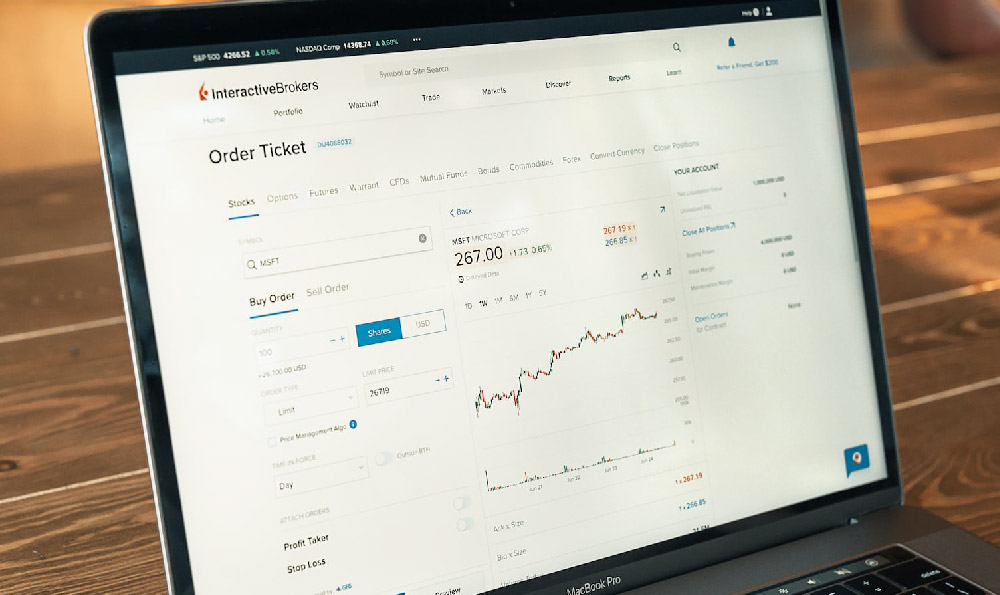YouTube has become an influential platform for content creators worldwide, offering a unique avenue to monetize digital creations and build a sustainable income. However, the question of how much one can earn on YouTube is often shrouded in ambiguity, as it depends on a multitude of factors ranging from content niche to audience engagement levels. While some YouTubers manage to generate substantial earnings, others may struggle to break even, making it essential to understand the intricate dynamics of YouTube's monetization ecosystem.
The foundation of YouTube income lies in the platform's advertising revenue model, which enables creators to earn money through ad placements integrated into their videos. This system, known as the YouTube Partner Program (YPP), requires creators to meet specific criteria, such as accumulating 1,000 channel subscribers and 4,000 watch hours within the past 12 months. Once these thresholds are achieved, creators become eligible to receive a share of the advertising revenue, with the exact percentage varying based on factors like the type of ad (skippable, non-skippable, or bumper), geographic location, and the broader market competition. On average, the cost per thousand impressions (CPC) for YouTube ads is significantly lower than that of Google Ads, yet it remains a critical component of creators' revenue. For example, a video with 100,000 views and a modest ad revenue share could generate anywhere from $100 to $1,000, but this figure is highly volatile and influenced by the aforementioned variables.
Beyond the traditional ad revenue model, creators have access to a dynamic array of monetization opportunities, including brand partnerships and sponsored content. These collaborations often involve direct negotiations with companies interested in promoting their products or services. The compensation for such partnerships typically hinges on the size of the audience and the level of audience engagement, with influencers in highly specialized niches often commanding premium rates. For instance, a tech reviewer with a dedicated following might secure partnerships with electronics manufacturers, resulting in monthly income ranging from several hundred to tens of thousands of dollars. The key to success in this domain is establishing credibility through consistent content quality and maintaining a genuine connection with the audience, as authenticity plays a crucial role in attracting brand deals.

In addition to ads and sponsorships, YouTube provides creators with tools like YouTube Premium and Super Chat to monetize their content in alternative ways. The YouTube Premium service allows subscribers to pay for ad-free viewing, and creators receive a portion of this subscription fee. Meanwhile, Super Chat enables real-time donations from viewers during live streams, with the amount of these contributions contingent on the popularity of the stream and the willingness of the audience to support the creator. These options offer a more direct form of monetization, though they require a substantial following and a strong presence in live content creation.
Another significant revenue stream for YouTube creators is affiliate marketing, which involves promoting third-party products and earning commissions from sales made through their referral links. This method is particularly effective in niches such as lifestyle, technology, and fitness, where viewers are more likely to make purchases based on recommendations. The commission rates for affiliate marketing vary widely, with some programs offering up to 10% of the sale value. Creators must meticulously track and manage their affiliate links, ensuring that they align with their content and audience interests to maximize conversion rates.
The profitability of YouTube also extends to merchandise sales, crowdfunding, and other alternative methods. By leveraging their platform's reach, creators can develop and sell branded products, fostering a direct relationship with their audience. Crowdfunding platforms like Patreon further allow creators to offer exclusive content or perks in exchange for monthly subscriptions, cultivating a loyal fan base. These strategies require strategic planning and a deep understanding of audience preferences, but they can significantly augment a creator's income.
It is essential to recognize that YouTube's income potential is not linear. Many creators report that their earnings accelerate exponentially as their channel grows, experiencing a period of rapid revenue growth once they reach a certain level of popularity. However, this trajectory is not guaranteed and depends on the creator's ability to adapt to market trends, refine their content strategy, and effectively manage their audience engagement.
Moreover, YouTube's algorithm plays a pivotal role in influencing a creator's income. By prioritizing content that aligns with user preferences, the algorithm can significantly impact the visibility of a channel's videos, which in turn affects ad revenue and sponsorship opportunities. Therefore, creators must continuously optimize their content to align with algorithmic preferences while maintaining their unique voice and style.
In conclusion, the amount one can earn on YouTube is contingent on a complex interplay of variables, including content strategy, audience engagement, and the broader economic landscape. While it is possible to generate substantial income, achieving financial success on the platform requires a combination of skill, dedication, and strategic planning. For those willing to invest time in refining their craft and understanding the monetization landscape, YouTube offers a rewarding opportunity to transform their passion into a profitable venture.












